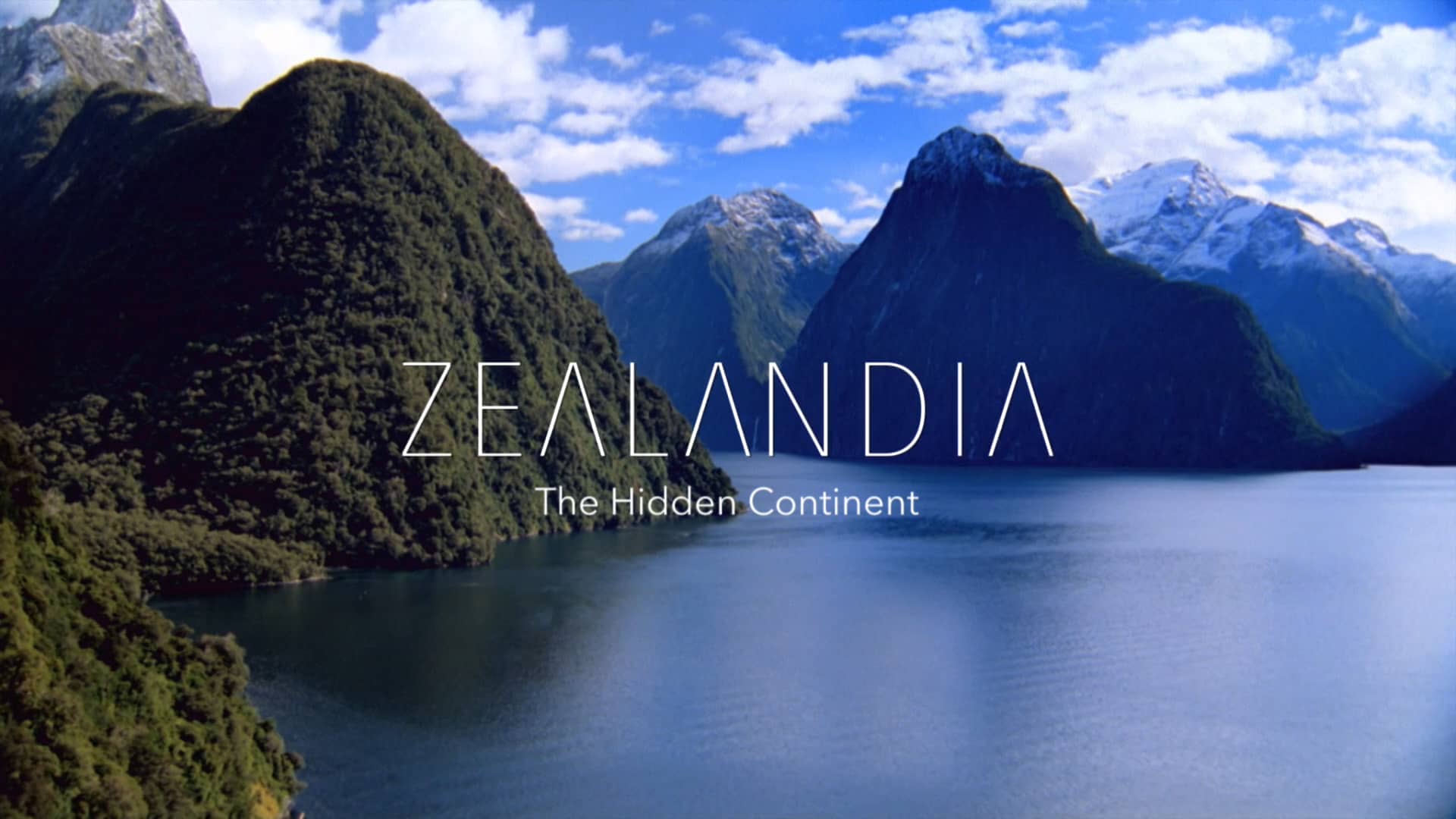Zealandia, often considered as a separate continent outside of the seven commonly known continents, remained hidden for a long time. However, scientists have now uncovered this mysterious land, raising questions about whether Zealandia should be recognized as our eighth continent.

This vast landmass covers an area of 1.9 million square miles, almost equivalent in size to Australia. Zealandia has been a part of our planet since ancient times, yet it received limited attention until recent scientific discoveries shed light on its existence. Research indicates that Zealandia is approximately 100 million years old.
Over time, a significant portion of Zealandia became submerged under water due to natural processes, but some islands from this landmass remained afloat. New Zealand is one such island, forming a part of Zealandia. Surprisingly, 94 percent of Zealandia lies beneath the ocean’s surface, while only 6 percent remains above water.
The first recorded mention of Zealandia dates back to 375 years ago when a Dutch sailor made reference to this land. However, it wasn’t until 2017 that geologists officially confirmed the existence of Zealandia. Covering an area of approximately 1.9 million square kilometers on the ocean floor, mapping this concealed continent proved to be a formidable challenge for scientists.
Zealandia’s submerged nature had kept it hidden from public knowledge and made mapping its terrain a complex undertaking. Beneath the Pacific Ocean, New Zealand boasts mountains and volcanoes that are part of Zealandia. Geologists dedicated over two decades to compile a comprehensive map of this submerged continent. Presently, scientists are actively engaged in uncovering the complete history of Zealandia.
Leave a Reply